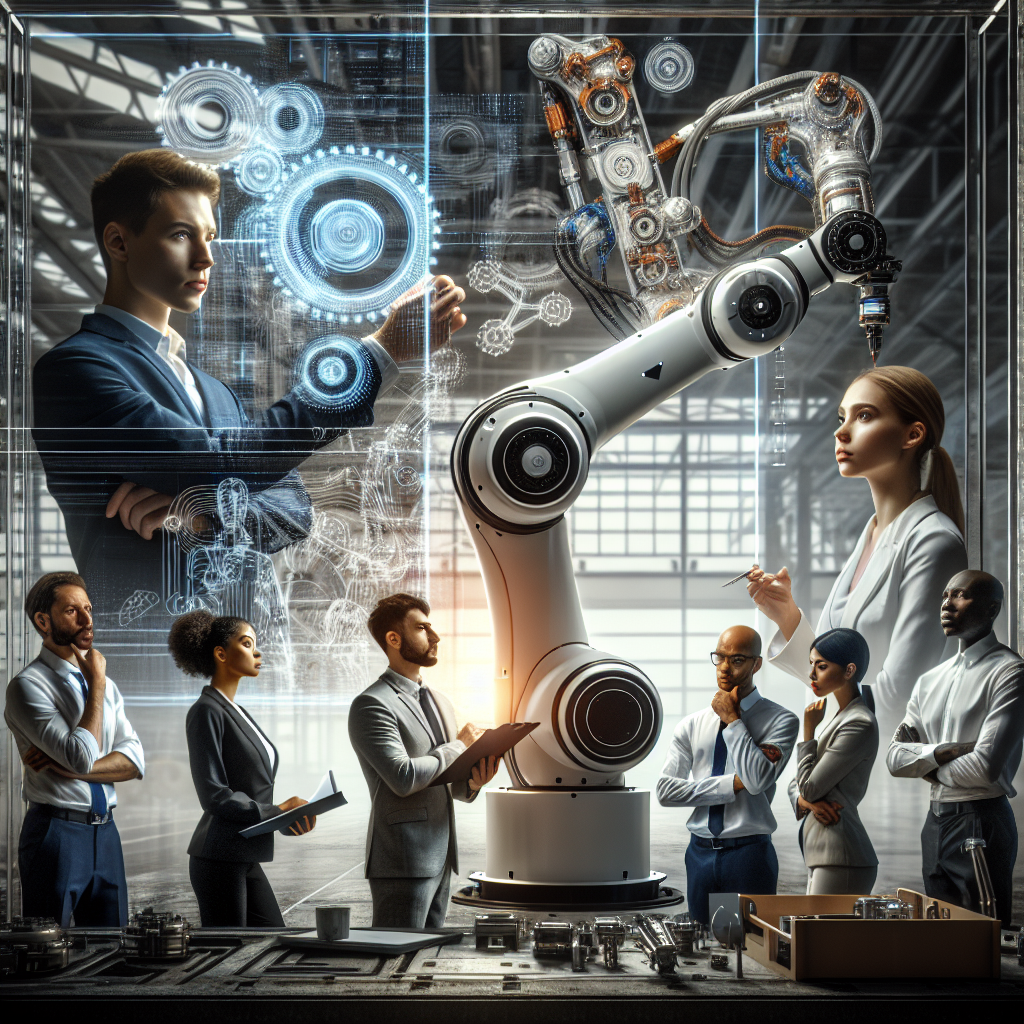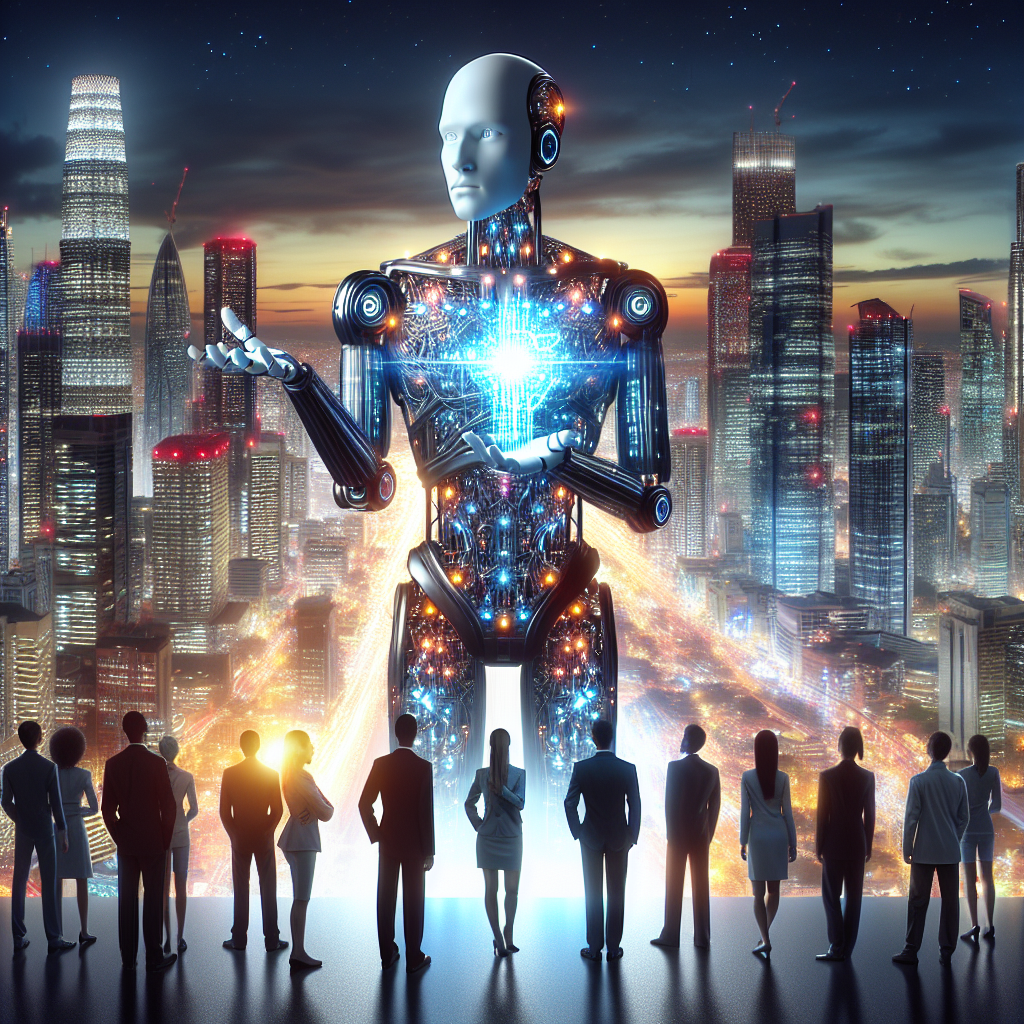In recent years, the discussion around automation and its impact on the workforce has surged, blending a mix of excitement, concern, and curiosity. With advances in artificial intelligence (AI), machine learning, robotics, and other technologies, the way we work is evolving at an unprecedented pace. As these innovations reshape the workplace, it’s essential to explore both the benefits and challenges they present, and how they might define the future of work.
Understanding Automation
At its core, automation involves the use of technology to perform tasks that would typically require human intervention. This can range from simple processes, such as data entry, to complex systems like autonomous vehicles or AI-driven customer service agents. The goal of automation is often to improve efficiency, reduce costs, and eliminate human error.
The Drivers of Automation
Several factors are driving the increase in automation across various industries:
-
Technological Advancements: Rapid improvements in AI, robotics, and machine learning have made automation more accessible and cost-effective. This proliferation of tools enables businesses to implement automated solutions in ways that were previously unfeasible.
-
Labor Shortages: Many industries are facing significant talent shortages. From manufacturing to healthcare, companies are turning to automation not just as an option, but as a necessity to continue operations effectively and meet demand.
-
The Demand for Efficiency: In an increasingly competitive global market, businesses must find ways to reduce operational costs and enhance productivity. Automation can streamline processes, making them faster and more efficient.
- Remote Work Trends: The COVID-19 pandemic accelerated the adoption of digital technologies as organizations adapted to remote work. This shift created an environment ripe for automation, particularly in managing remote workflows and data.
The Benefits of Automation
The rise of automation brings with it a myriad of advantages that can enhance the workplace experience:
-
Increased Productivity: Automated systems can work around the clock without breaks, leading to higher output levels compared to human labor.
-
Enhanced Accuracy: Machines can perform repetitive tasks with precision, reducing the likelihood of human error and resulting in higher quality output.
-
Cost Savings: While the initial investment in automation technologies can be significant, the long-term savings on labor costs and increased efficiency can lead to substantial financial benefits.
- Employee Empowerment: By automating mundane tasks, employees can focus on more strategic work that requires creativity and critical thinking, ultimately leading to greater job satisfaction and opportunities for professional growth.
The Challenges of Automation
While the advantages are clear, the rise of automation is not without its challenges and concerns:
-
Job Displacement: One of the most pressing fears surrounding automation is job loss. Roles that involve routine, manual tasks are most at risk, potentially leading to significant unemployment in certain sectors.
-
Skills Gap: As the demand for advanced technological skills grows, many workers may find themselves ill-equipped for the jobs of the future. This skills gap highlights the need for reskilling and upskilling initiatives.
-
Economic Inequality: The benefits of automation may not be evenly distributed, potentially exacerbating economic inequality. Higher-skilled workers may see increased wages, while lower-skilled workers face unemployment or stagnant wages.
- Ethical Concerns: As AI and automation technologies become more integrated into decision-making processes, ethical considerations arise. Issues related to bias in algorithms, data privacy, and the lack of human oversight are critical discussions that need to take place.
Shaping the Future of Work
To navigate the challenges of automation effectively, a multi-faceted approach is necessary. Here are some strategies that businesses and governments can adopt:
-
Invest in Education and Training: Developing programs that focus on reskilling and upskilling the workforce will be crucial. Collaborations between governments, educational institutions, and businesses can create pathways for workers to transition into new roles.
-
Foster a Culture of Lifelong Learning: Organizations should encourage a philosophy of continuous learning, helping employees adapt to changing job requirements and technologies.
-
Implement Inclusive Automation Policies: Policymakers must consider the social impacts of automation, ensuring that technological advancements benefit society as a whole and addressing disparities that may arise.
- Focus on Human-Machine Collaboration: Rather than viewing automation as a replacement for human workers, organizations can emphasize the potential for machines to augment human capabilities, creating a collaborative workforce that maximizes the strengths of both.
Conclusion
The rise of automation presents a pivotal moment in the history of work. While technology holds the potential to enhance productivity and create new opportunities, it also poses significant challenges that cannot be ignored. By proactively addressing these concerns, fostering a culture of continuous learning, and embracing a vision of human-machine collaboration, we can navigate the complexities of this new landscape and shape a future of work that is equitable, sustainable, and empowering for all. As we embark on this journey, the conversation around automation will continue to evolve, requiring adaptability and foresight from all stakeholders involved.




